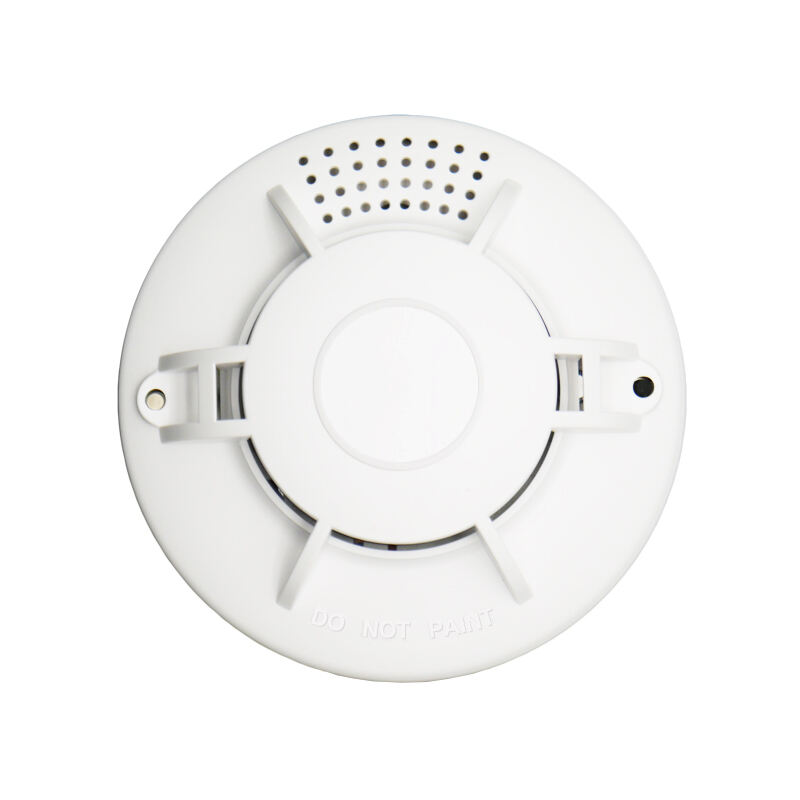flame detector circuit
A flame detector circuit is an advanced electronic system designed to identify and respond to the presence of fire or flames through various sensing mechanisms. This sophisticated circuit combines multiple technologies including infrared sensors, ultraviolet detection, and neural processing capabilities to ensure accurate and rapid flame detection. The system operates by continuously monitoring the environment for specific wavelengths of radiation emitted by flames, distinctive flame patterns, and characteristic flicker frequencies. The circuit incorporates specialized filtering mechanisms to distinguish between actual flames and potential false triggers such as sunlight or artificial lighting. Modern flame detector circuits often feature built-in temperature compensation, self-diagnostic capabilities, and adjustable sensitivity settings to optimize performance across different environmental conditions. These circuits find essential applications in industrial facilities, commercial buildings, manufacturing plants, and residential security systems, where they serve as crucial components in fire prevention and safety systems. The technology has evolved to include digital signal processing, which enhances detection accuracy and reduces false alarms significantly. Many contemporary designs also incorporate communication interfaces that enable integration with broader security and building management systems, allowing for centralized monitoring and automated response protocols.











